Violent, head-to-head crash between Earth and another planet created the moon
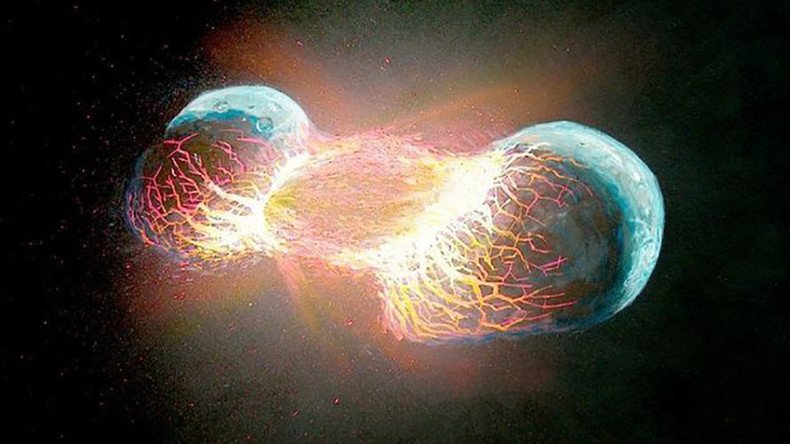
New clues suggest the moon resulted from a head-on collision between Earth and another forming planet, according to scientists.
Researchers from a team lead by the University of California, Los Angeles (UCLA) analyzed lunar and volcanic rocks before concluding the moon was formed during a violent head-on collision between an early Earth and another forming planet called Theia.
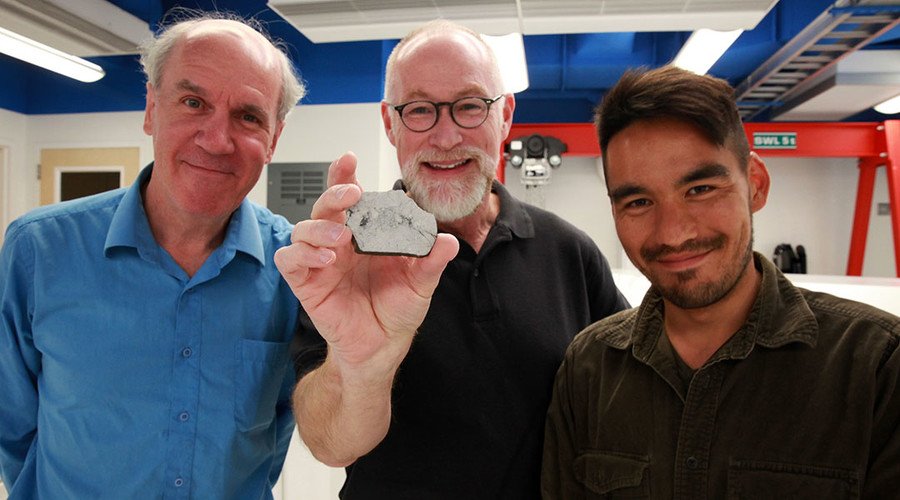
Scientists knew Earth had been involved in a high-speed crash almost 4.5 billion years ago, but they thought the crash with Theia had been a 45-degree angle sideswipe. After studying seven lunar rocks brought back by the Apollo 12, 15 and 17 missions, as well as six volcanic rocks from the Earth’s mantle, they found that Theia and Earth had had a head-on collision, rather than just a fender-bender.
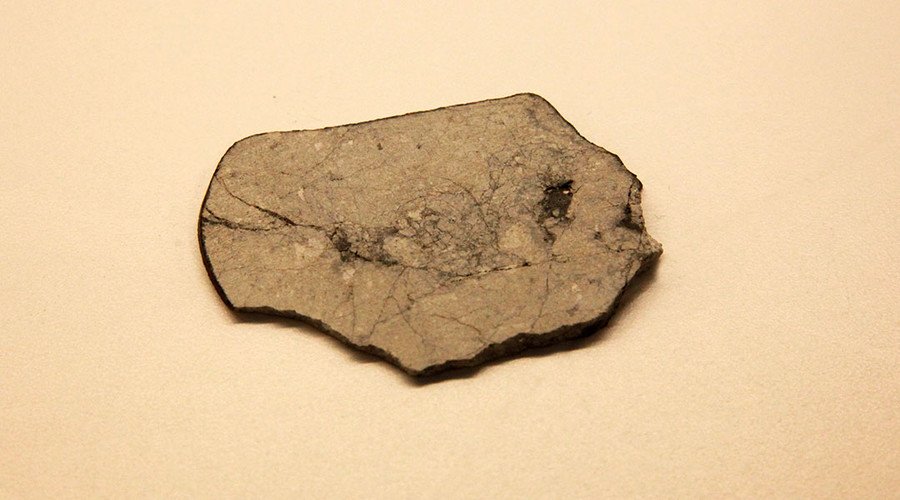
The scientists said the clue lay in the chemical signature of the rocks’ oxygen atoms. Oxygen makes up 90 percent of rocks’ volume and 50 percent of their weight. More than 99.9 percent of Earth’s oxygen is 0-16, meaning each atom contains eight protons and eight neutrons. There are small quantities of heavier oxygen isotopes, such as 0-17, which has an extra neutron, and 0-18, which has two extra neutrons. All of the planetary bodies in our solar system have a distinct “fingerprint” of 0-17 to 0-16 isotopes.
A team of German scientists ventured in a 2014 issue of Science that the moon had its own unique ratio of oxygen isotopes, which is different from Earth’s, but UCLA scientists found “that is not the case.”
“We don’t see any difference between the Earth’s and the moon’s oxygen isotopes; they’re indistinguishable,” said Edward Young, lead author of the new study and a UCLA professor of geochemistry and cosmochemistry, in a statement.
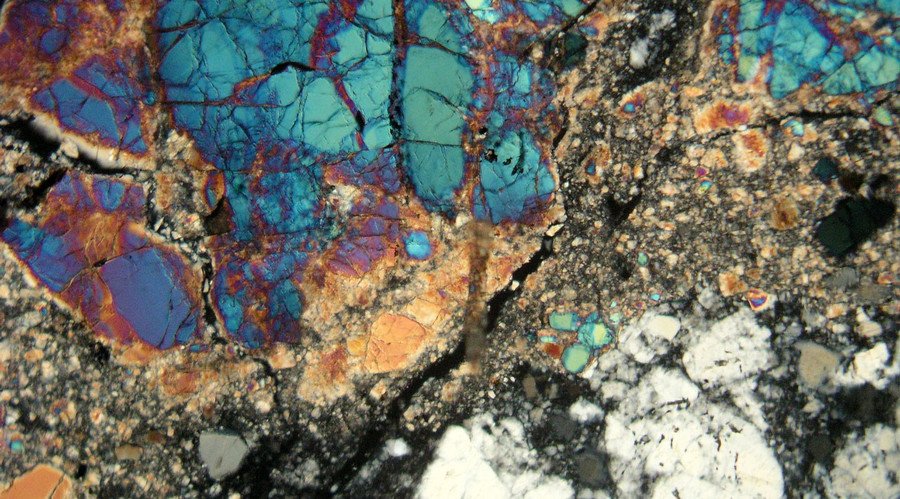
Using UCLA’s new mass spectrometer, the team performed ultra-high precision oxygen isotope analyses of the lunar samples and were able to deduce that if Theia had sideswiped Earth, the moon would have been made mainly of Theia, and would have different isotypes than Earth. The fact that the Earth and the moon share the same chemical signatures contradicted the theory.
“Theia was thoroughly mixed into both the Earth and the moon, and evenly dispersed between them,” Young said. “This explains why we don’t see a different signature of Theia in the moon versus the Earth.”
Wham! Moon formed by collision between Earth and another young planet: study https://t.co/heAJnfJiPw@NebulousNikkipic.twitter.com/tQeqYKz4Ma
— Globalnews.ca (@globalnews) January 30, 2016The crash with Theia happened approximately 100 million years after the Earth formed, almost 4.5 billion years ago. The merging of the two planets also suggests why the moon is less dense than the Earth.
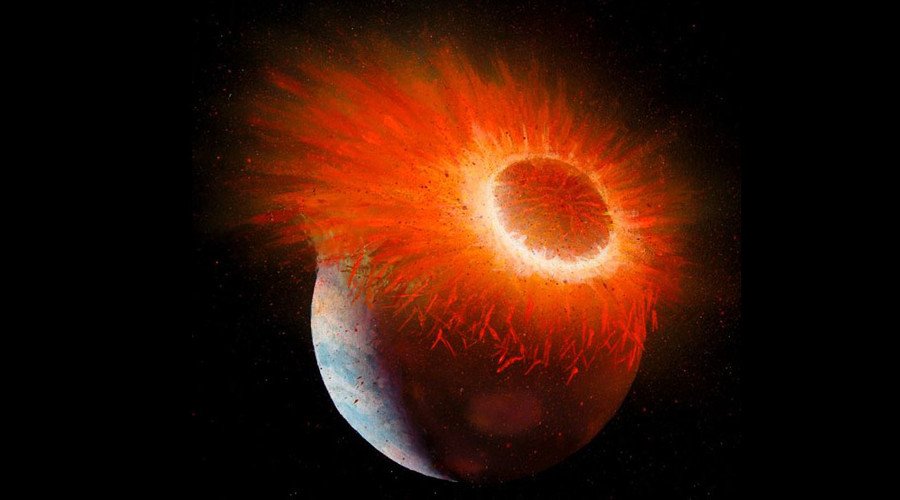
Young and other scientists think Theia was approximately the same size as the Earth, while others believe it was more similar in size to Mars.
This is not the first time the theory of a head-on collision has been proposed. In 2012, the theory was proposed by Matija Cuk, now a researcher with SETI Institute; Sarah Stewart, now a professor at UC Davis; and Robin Canup of the Southwest Research Institute.
The paper, called Oxygen isotopic evidence for vigorous mixing during the Moon-forming giant impact, by Edward Young, Issaku Kohl, and Paul Warren, was published in Friday’s edition of Science.











